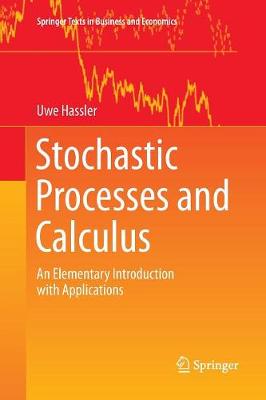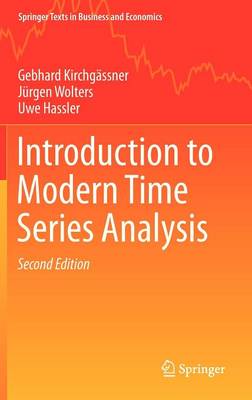Springer Texts in Business and Economics
2 total works
This textbook gives a comprehensive introduction to stochastic processes and calculus in the fields of finance and economics, more specifically mathematical finance and time series econometrics. Over the past decades stochastic calculus and processes have gained great importance, because they play a decisive role in the modeling of financial markets and as a basis for modern time series econometrics. Mathematical theory is applied to solve stochastic differential equations and to derive limiting results for statistical inference on nonstationary processes.
This introduction is elementary and rigorous at the same time. On the one hand it gives a basic and illustrative presentation of the relevant topics without using many technical derivations. On the other hand many of the procedures are presented at a technically advanced level: for a thorough understanding, they are to be proven. In order to meet both requirements jointly, the present book is equipped with a lot of challenging problems at the end of each chapter as well as with the corresponding detailed solutions. Thus the virtual text - augmented with more than 60 basic examples and 40 illustrative figures - is rather easy to read while a part of the technical arguments is transferred to the exercise problems and their solutions.
Introduction to Modern Time Series Analysis
by Gebhard Kirchgassner, Jurgen Wolters, and Uwe Hassler
This book presents modern developments in time series econometrics that are applied to macroeconomic and financial time series, bridging the gap between methods and realistic applications. It presents the most important approaches to the analysis of time series, which may be stationary or nonstationary. Modelling and forecasting univariate time series is the starting point. For multiple stationary time series, Granger causality tests and vector autogressive models are presented. As the modelling of nonstationary uni- or multivariate time series is most important for real applied work, unit root and cointegration analysis as well as vector error correction models are a central topic. Tools for analysing nonstationary data are then transferred to the panel framework. Modelling the (multivariate) volatility of financial time series with autogressive conditional heteroskedastic models is also treated.

